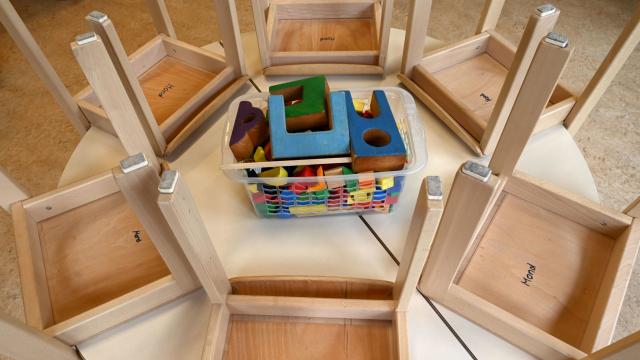A new report from the Centres for Disease Control and Prevention is the first to try detailing how covid-19 is affecting children in the U.S. Children tend to experience milder symptoms and are less likely to be hospitalised, the report found.
Evidence from other countries and isolated outbreaks (such as onboard the Diamond Princess cruise ship) has long suggested that children are much less susceptible to covid-19, the disease caused by the novel coronavirus, than other age groups. But there hasn’t been as much research looking at the U.S., which has now become the country with the most reported cases by a wide margin.
The new CDC report, published Tuesday in its Morbidity and Mortality Weekly Report, looks at data from nearly 150,000 confirmed covid-19 cases reported between February 12 and April 2, 2020. Fewer than 2,600 cases, or 1.7 per cent, involved children under the age of 18. A third of these cases came from New York City, with another third coming from the rest of New York state and New Jersey.
From there, the data is more spotty. Only a small percentage of these cases had available information about a patient’s symptoms (9 per cent), any underlying health conditions (13 per cent), and whether they were hospitalised or not (33 per cent).
Still, among cases with known information, children seem to have an easier time with covid-19. Only 73 per cent of the children in this sample had the common symptoms of fever, cough, and shortness of breath, compared to 93 per cent of adults between the ages of 18 and 64. A smaller percentage of children (just 5.7 per cent of all pediatric cases) were hospitalised, compared to 10 per cent of adults, though both numbers may be higher since many of the cases included in the report did not include information about whether the patient was hospitalised.
“In this preliminary description of pediatric U.S. COVID-19 cases, relatively few children with COVID-19 are hospitalised, and fewer children than adults experience fever, cough, or shortness of breath,” the authors wrote.
Despite the findings, though, children aren’t completely impervious to the virus. Experts speculate that children are more likely than adults to carry the virus while not feeling sick, and that false sense of security may then make children more likely to spread the virus to others, including their caregivers. And while severe cases and deaths among children are rarer, they’re not zero. In the CDC report, there were three pediatric deaths recorded, though it’s not clear whether covid-19 was to blame or if they died of something else.
All of this means that children, every bit as much as adults, should try to avoid catching covid-19 as much as possible.
“Social distancing and everyday preventive behaviours remain important for all age groups because patients with less serious illness and those without symptoms likely play an important role in disease transmission,” the authors wrote.
